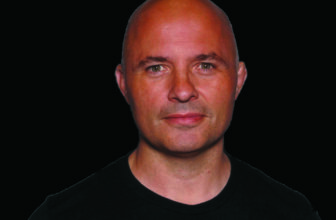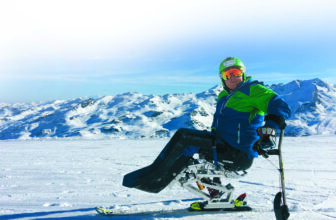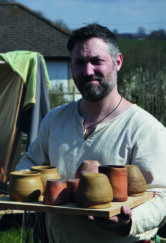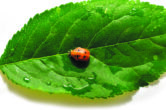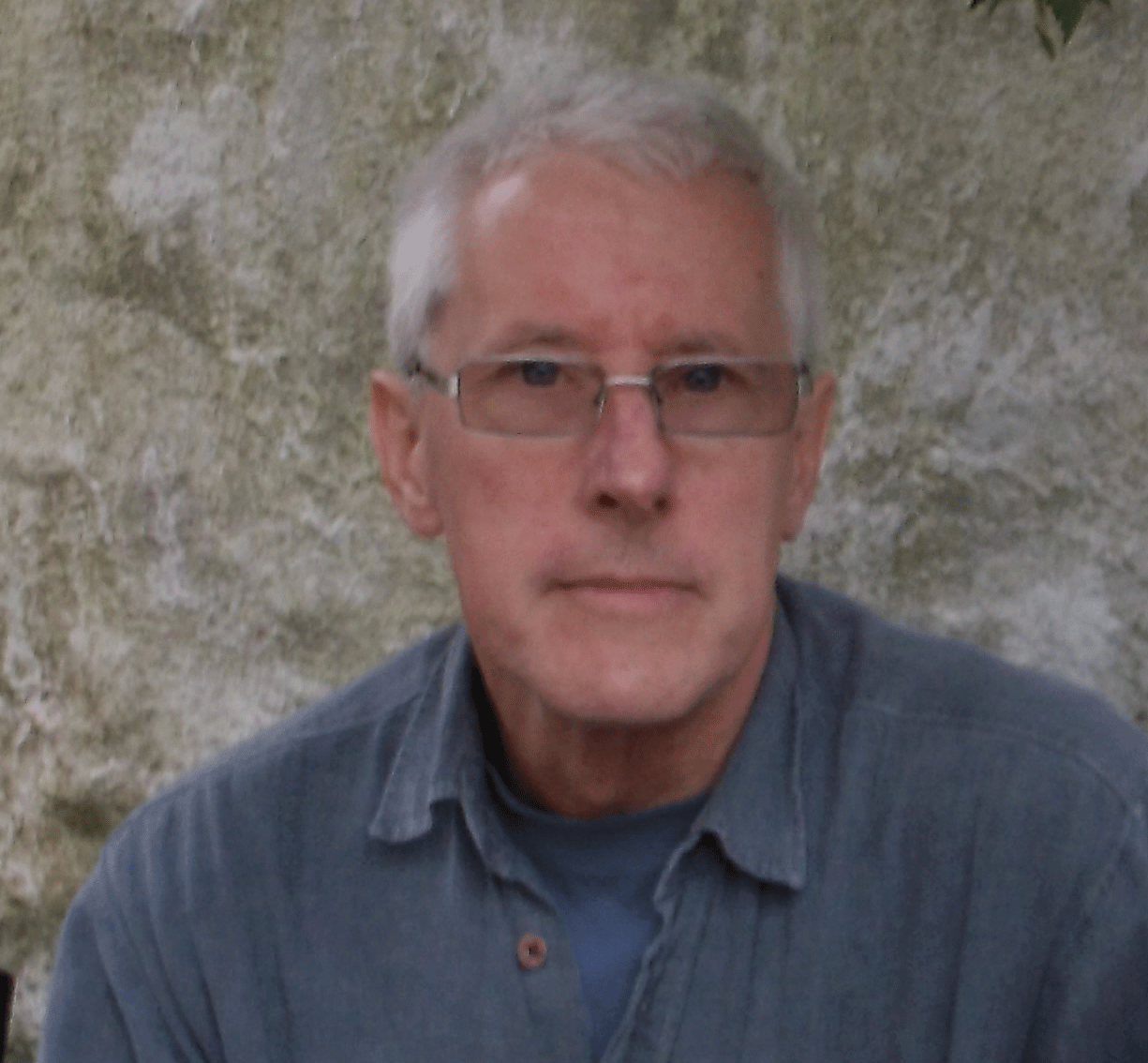
Tim Hockin – owner of ‘Transported’, a combined shop and studio at Smithbrook Kilns dedicated to diecast models, toys and art.
I was born in 1953 in London, and my family moved to Worthing when I was 4 years old, so I have happy memories of life at the coast but very few of London. As a child I was very interested in toy cars. I think my dad bought me my first one when I was 3 – a Dinky Toys crane. Holding a toy car in my hand, a replica of something real to play – with was amazing! As I grew up, my interest in these items morphed into a hobby which I’ve continued throughout my life. What governed my purchases in the early years was mostly their price. Friends had train sets which could be expensive, while I discovered Matchbox toys which were more affordable. The first small ones were sold in 1953, the year I was born; some were only 1s 6d in old money! I think my first ever purchase was a tiny London bus. It was very small yet recognisable, low in value but precious to me.
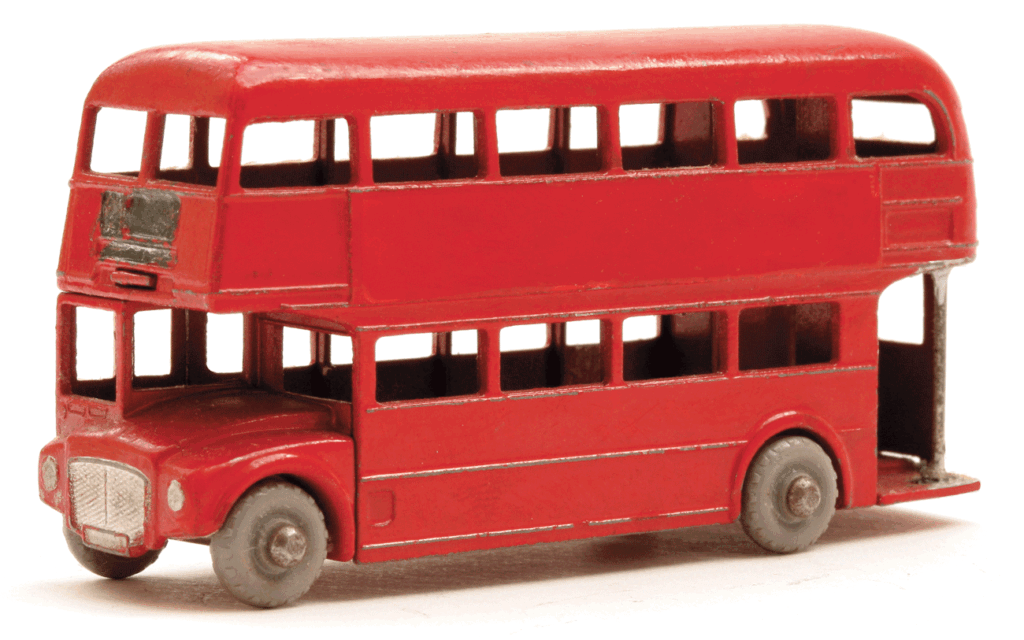
A very dear uncle, who lived in Wonersh with his family, worked for what was then called the ‘Road Research Laboratory’, which was a government organisation that checked all aspects of road and car design. I’d talk to him and he would tell me about lorries and traffic etc which as a child, made quite an impression on me. My mum worked making technical drawings, and then for an architect, which she enjoyed and talked about at home. She also had a special interest in paintings and this in turn influenced me.
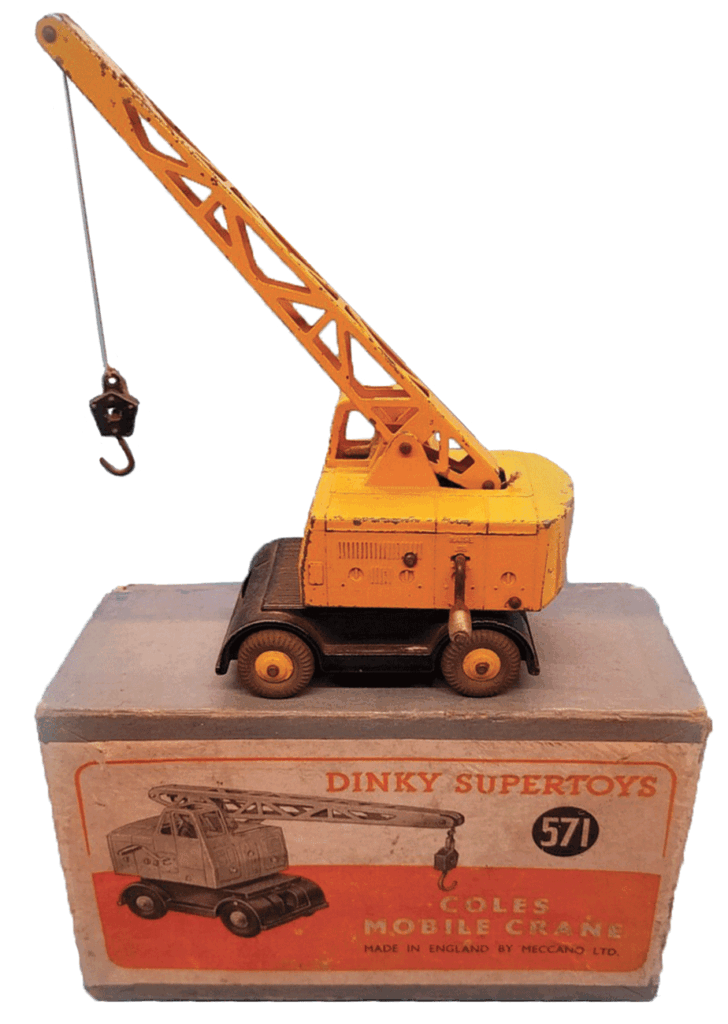
I found school an unwelcome interruption to my imaginative life. Seriously – whenever I was given a textbook, I could rarely concentrate on the subject, so I would usually just draw cartoons in it and my textbooks ended up with ‘illustrations’ all over them! This led on to drawing a spoof newspaper, ‘The Daily Weekly’ for my classmates, and so more distraction from what I was meant to be doing.
I’ve tended to have a ‘butterfly mind’ all my life. I’ve been to art school, worked in a book shop, in the theatre, and at the Alternative Technology Centre in Wales, among various jobs, and always been interested in art and images.
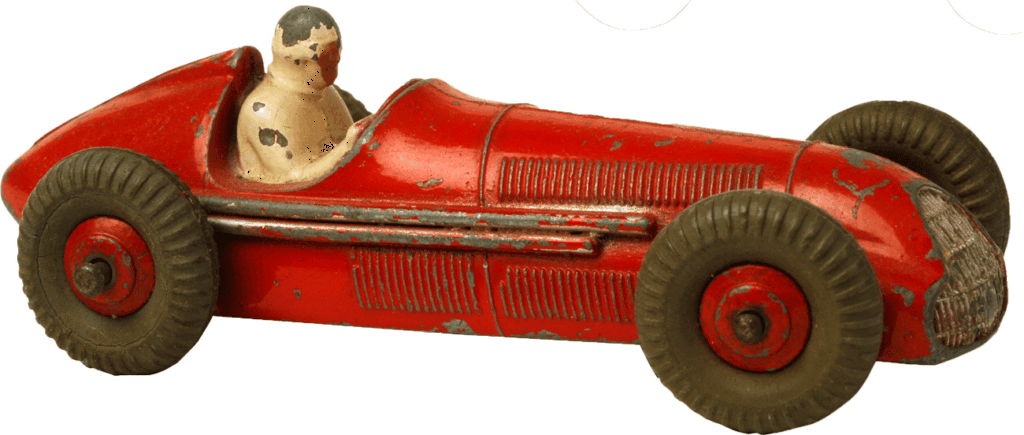
I went to an art college which was biased towards vocational studies, in other words graphics, fashion or something else commercial. In my foundation year it was really good to be able to study a whole mix of things, and I subsequently went on to study film and installations for a degree in fine art.
Eventually I got into counselling, social work, advocacy and community projects, as a way to earn a living, then one day the penny dropped and I thought – here I am, still into visual art, maybe I can link this with the therapeutic work. So I started researching how to train as an art therapist, and was then able to start a professional vocation combining the social and personal aspects of the therapeutic with the visual, artistic areas.
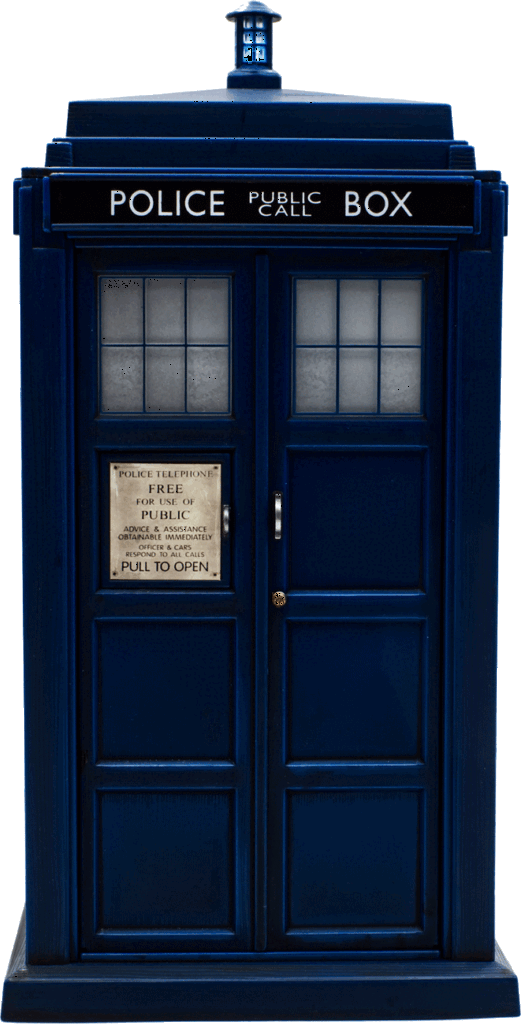
The development of art therapy began when traumatised service personnel were returning from WW1 with particular types of severe mental problems; it developed from there and is now used in many different ways – for individuals and in groups, in many settings including schools and hospitals. When I discovered I could train as an art therapist and paint in this direct way, I chose a short course as a taster, then began full-time training. I’ve stayed with it for many years now because it’s an absorbing and varied profession, and you can learn a lot about yourself, which along with practising meditation (when I remember!) has been a huge help to me.
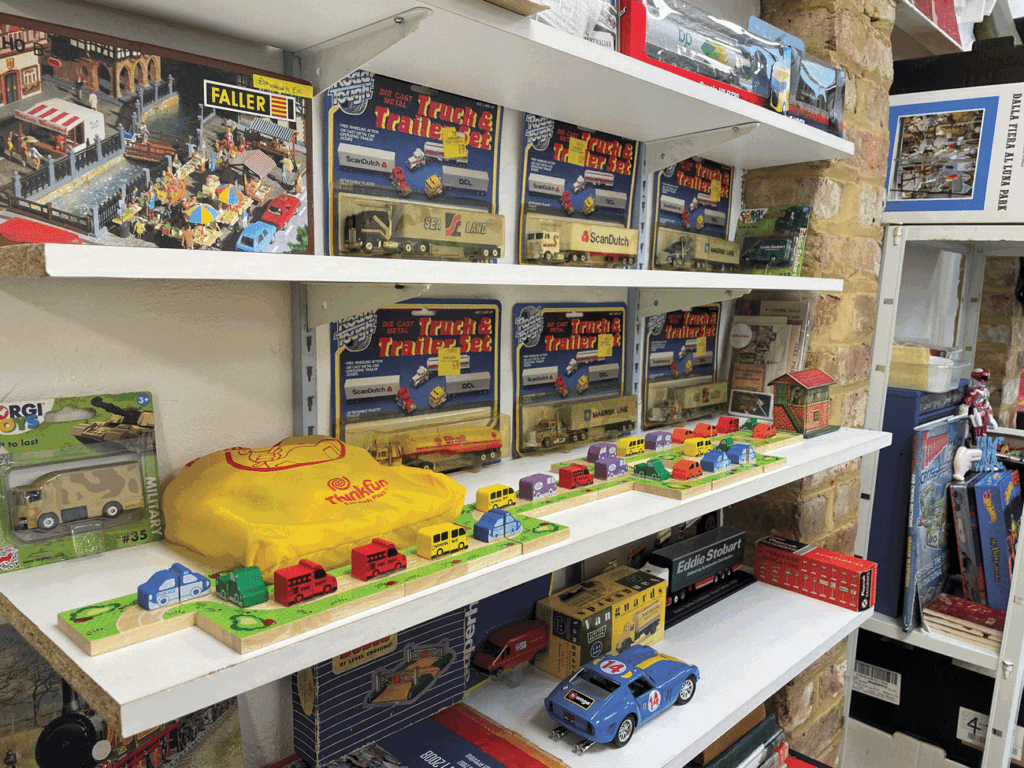
This was all in a different camp to toy cars, but the link is in the visual, and my model vehicle interests reflect an eclecticism – and a reflection of mainly visual interests – how objects are constructed, how images are made, and how they look. I’ve specialised in commercial vehicles – buses, fire engines etc. but also been drawn to vivid paint finishes and unusual subjects. Few of these items are really old, some are reproductions, many are from the last few decades, and all of them are best seen out of the box.
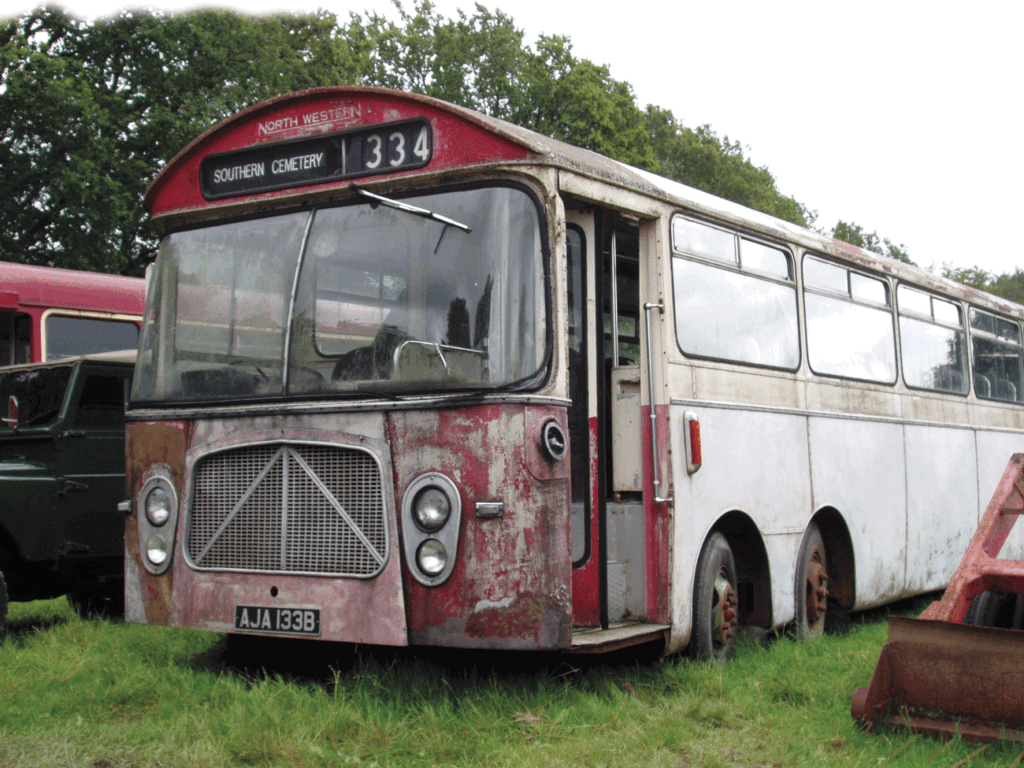
From an early age I would search for toys to buy in second-hand shops and on market stalls, some of which had a cheap box of unrelated oddments to make something interesting out of. Years ago I found the back half of a rare German model truck in a charity shop in Worthing, and the same afternoon found the front half in another charity shop in Littlehampton! So for me it became like a craft activity as well which I found really creative. I wasn’t very good at making precision items so I didn’t get into making kits – that was my brother’s territory. I tended to modify models rather than try to create a finely made one.
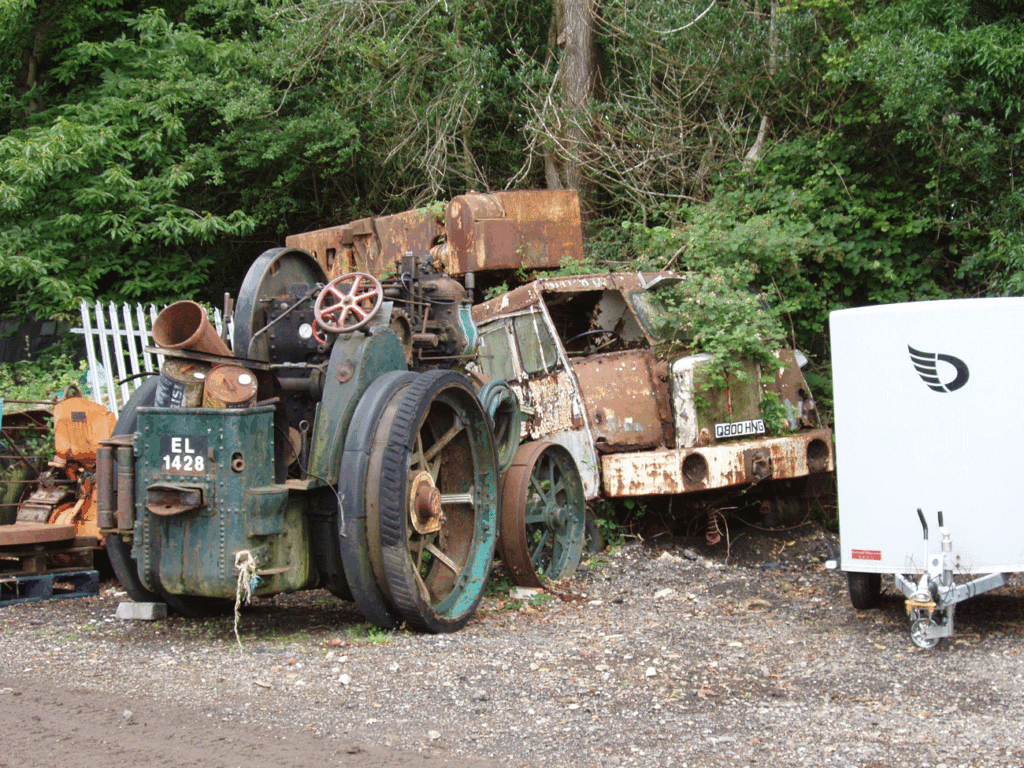
Now I’ve got the small shop/studio here at Smithbrook Kilns, called ‘Transported’ – it’s a bit like Dr Who’s Tardis! In the past I sold toys and models in markets, and now that my work as an art therapist is no longer full-time, I can focus on slimming down most of what I’ve gathered together which is a whole mix of related models, books and pictures I’d like to sell. It’s not a huge valuable collection, but it’s varied, even idiosyncratic. Some of it’s a bit special but much of it is just interesting items I’ve picked up over the years. The studio’s not intended for complete purists; I’ve put a sign up saying ‘If you can’t find what you want, please ask. And if you don’t know what you want, please keep looking’.
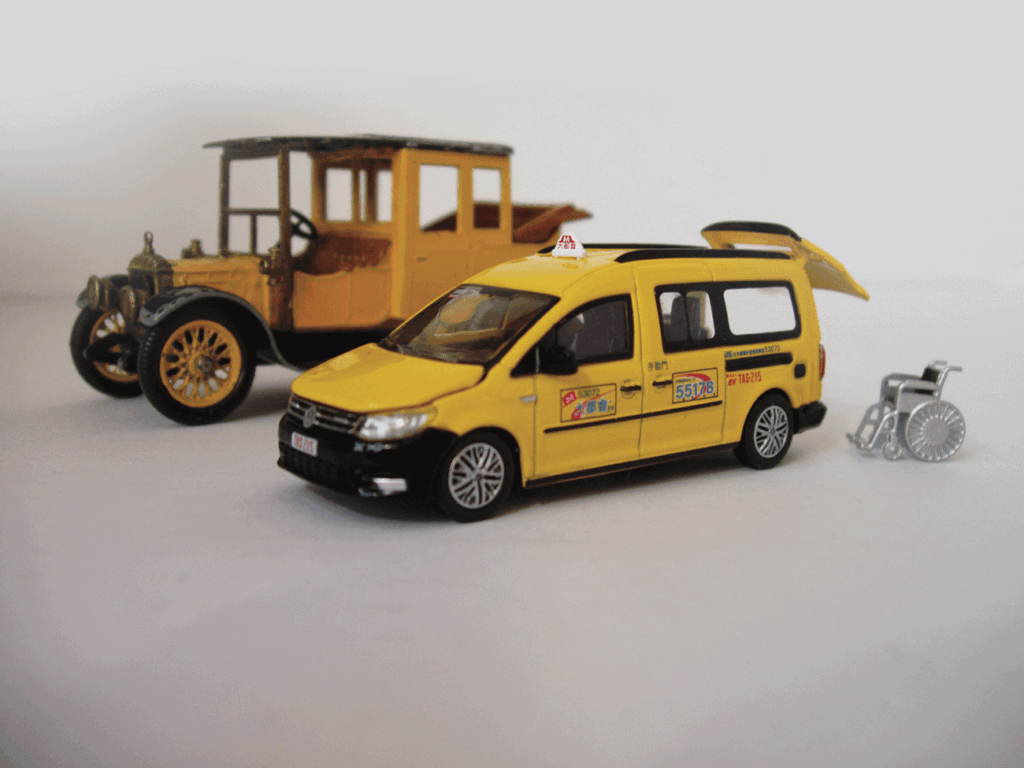
I prefer to try selling this way rather than online, partly to meet others with similar interests – as sometimes hobbies can become quite solitary. I’ve joined a couple of clubs recently with people who are interested in diecast toys which I’ve enjoyed as the social aspect is important to me. It’s now quite a worldwide interest.
The craft side of my collection is important to me as I’m engaged in thinking what would I make, improve or change. In this way it involves far more. I don’t make anything literally from scratch – I tend to make modifications. For example, I might find a well-made model which has cheap wheels that spoil it. I can swap the wheels for something better and in this way improve it and create a more individual model. There are now websites where fellow ‘sufferers’ can exchange spare bits and confer.
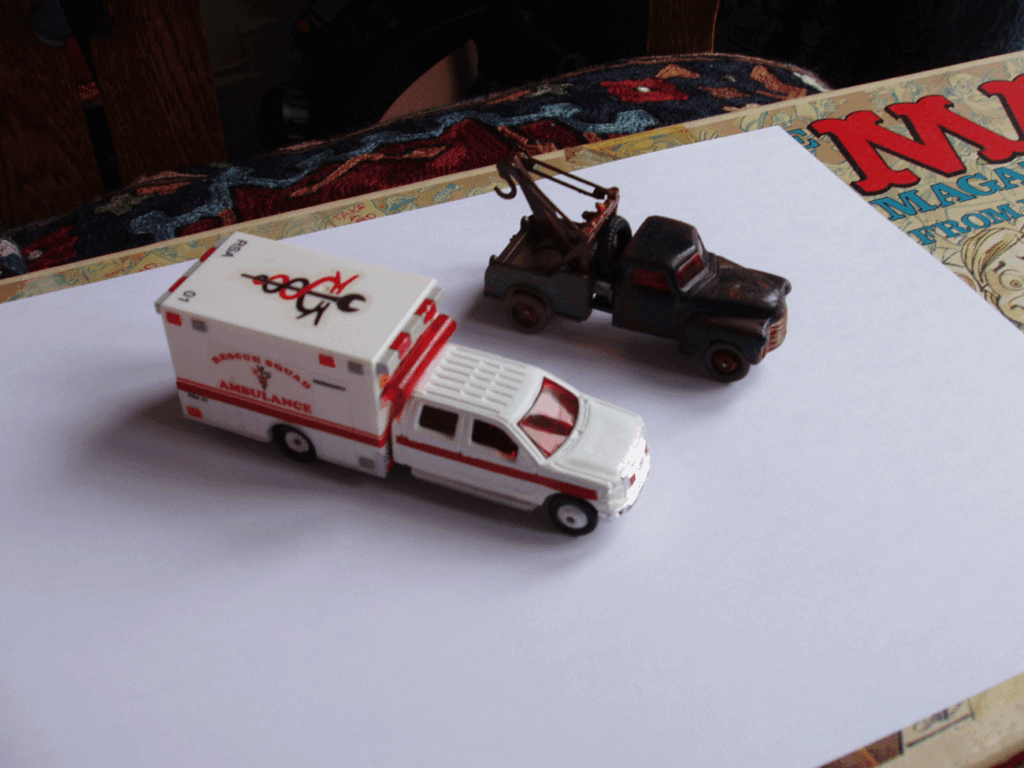
The ‘toy car thing’ began at the age of 3 or 4 with a small version of a vehicle I could hold, and that joy and fascination has been sustained over the years. I think the impulse to make an ordered version of the world is very strong too. It’s been a visual journey as well, as I’ve discovered other areas of life and collected a variety of things which now include the art books and photographs – it seems to have no limits.
Some friends developed their love of nature and can identify and remember the names of thousands of flowers and plants, an example of an ability which as we grow older can be really useful! In a similar way, I can bring a photographic memory up in my mind of almost every car, every model I’ve seen and make a connection. This can be an important aspect of the hobby – it’s engaging and active, even though in a specialised area. I don’t really want my hobby, my collection, to be kept in a dark, private place, I want to share it, especially with younger minds. My son is not a vehicle or model nut, but I think my grandsons might be…
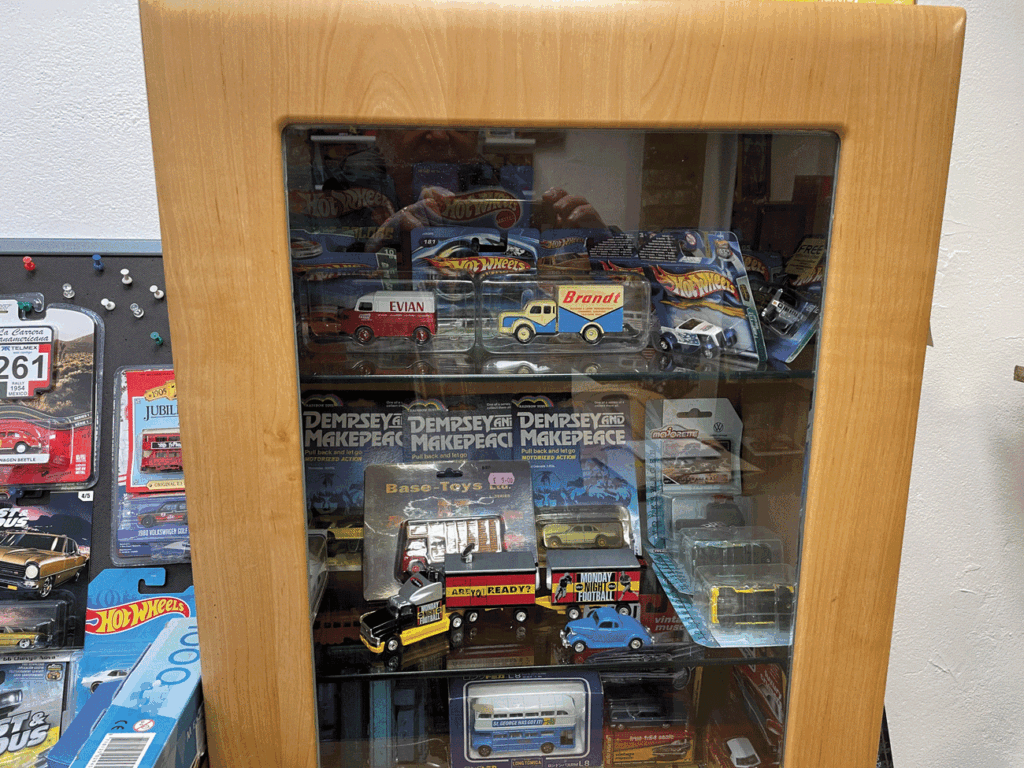
When young people discover something from the 50s or 60s that’s been hidden in a barn or an attic it can be a complete revelation to them. They may have never seen anything like it. For me there are complimentary aspects to craftsmanship, where something has either been made by hand (whether it’s a cartwheel or a handmade toy) – or it’s a mass produced object, and what I hold in my hand is one of many replicas of a full-sized object. In this case, there are other identical ones, which many other people have or have just seen, and that’s interesting in itself. It’s a way of sharing across all cultures. And if I’ve got a piece of one, someone else might have another piece of the same item and it’s possible to interchange and repair them.
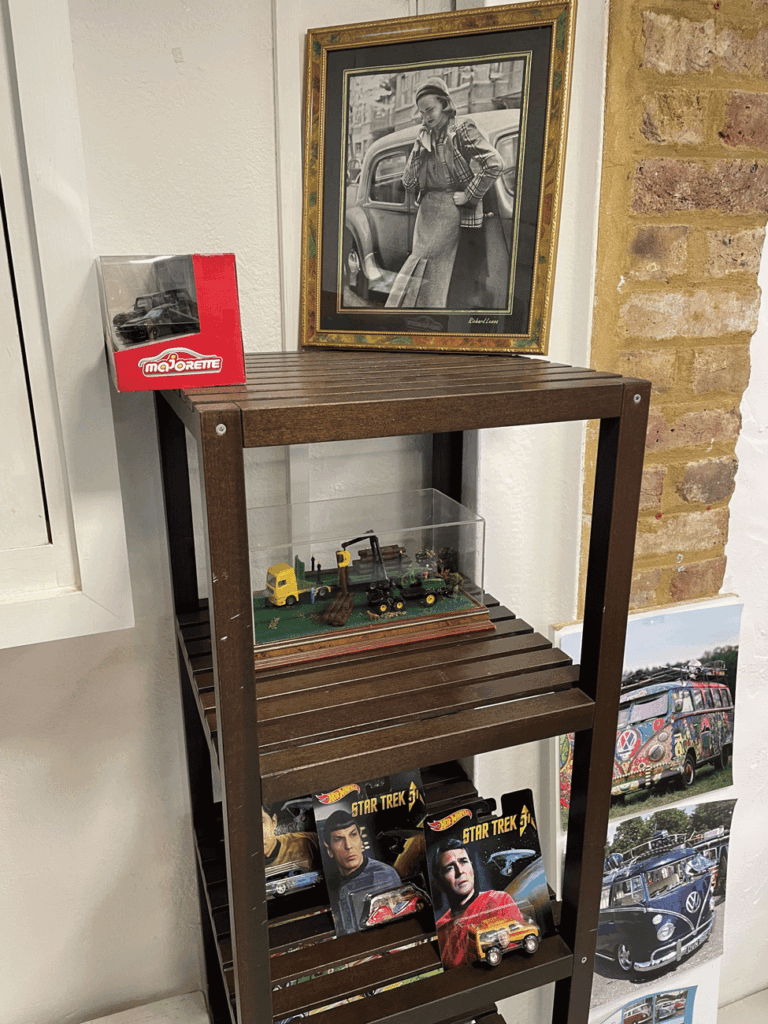
I think the television program ‘The Repair Shop’ has an appeal because it highlights the social aspect as a vital part of the treasured items people bring along. The owners relate the memories items hold for them, the age and circumstances before it’s repaired in the workshop – very individual and personal conversations. Then the craftmanship of the item’s structure is the focus through the careful repair all the way through to the final outcome. In some cases it belonged to someone who’s died and there’s a healing process for their relatives as they see the item restored in a completely authentic way.
I’d always recommend having a hobby, but for this one and some others would offer a word of caution though -because manufacturers are now aware of the potential market and produce millions of such objects, driven by commercial concerns. Some makers have huge international markets especially in America, and some folk are not just collectors anymore, they act like fanatics. The idea of acquisition is so strong in some instances, that you hear of people going to supermarkets in the middle of the night to obtain something ‘everyone else wants’ and obsess over it, or possibly try to sell it on at a premium. There’s a website called Tranquil Collecting, which has an implied helpful reminder – ‘If you go onto a website or into a shop and start sweating and your heartbeat goes up because there’s a rare item in front of you calm down and think again!’
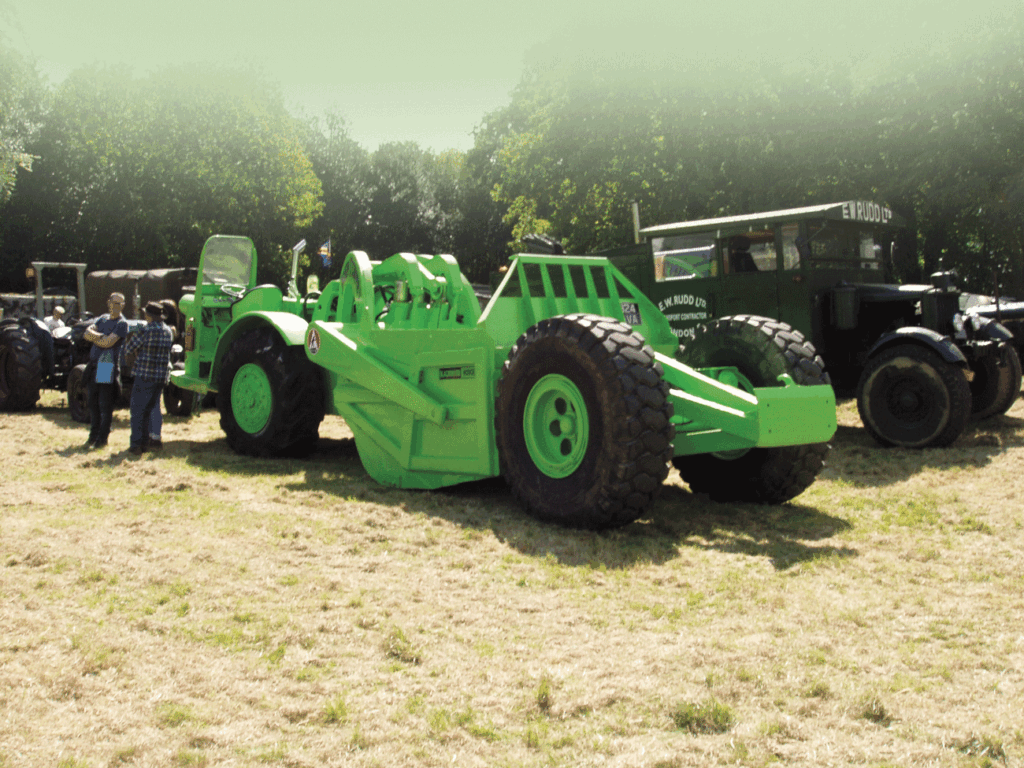
For me it’s about interest, not acquisition. I like to just resist that and pause for a moment, have a look around and treat what I see as I would a museum. Then, I might sometimes consider buying or exchanging for something I really like if I can sensibly afford it. As a child I learned that a battered toy could sometimes be more absorbing than a perfect one, and museums are in a good position to reflect this. Perhaps this shows in my approach to ‘Transported’.
As for my ‘museum’, my young grandsons haven’t visited since I opened. When they do, if they see something they like, it will give me great pleasure to say they can take it away with them, and help to fill up my son’s house!
As I mentioned, although I’d like to sell things, I’d also like people to look in at Transported out of pure curiosity, to view the strange oddments which are all for sale. Some of it is cheap and cheerful, none of it is really expensive. In addition to toys and model vehicles, there are books on art and transport…and framed photographs too. And so the list goes on!





